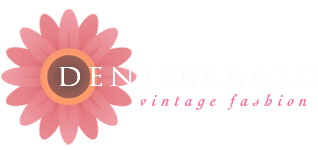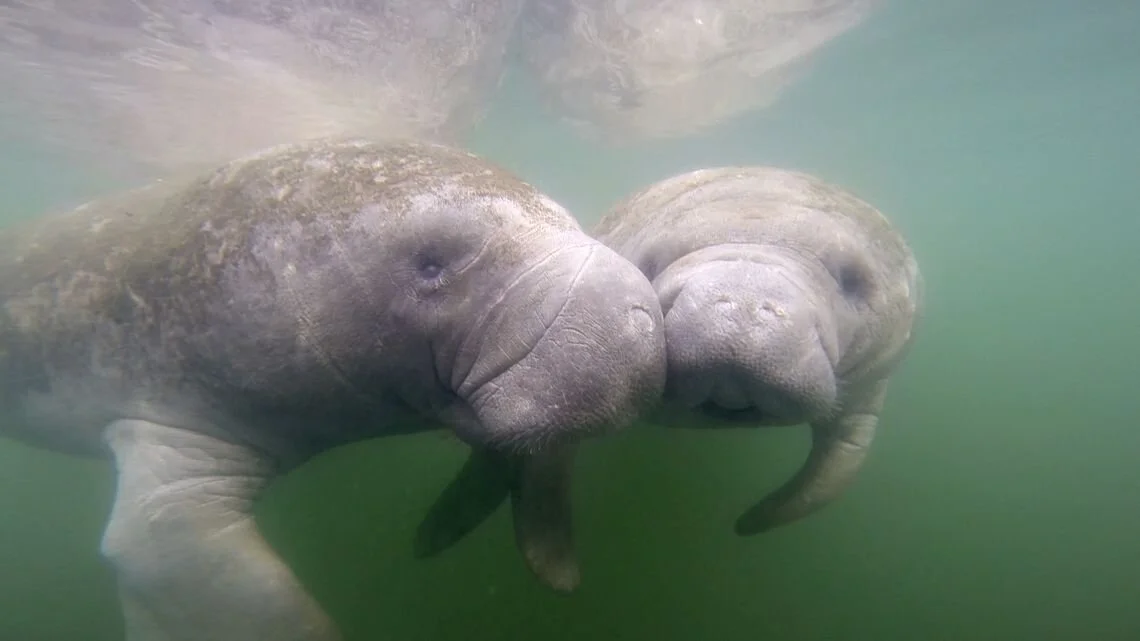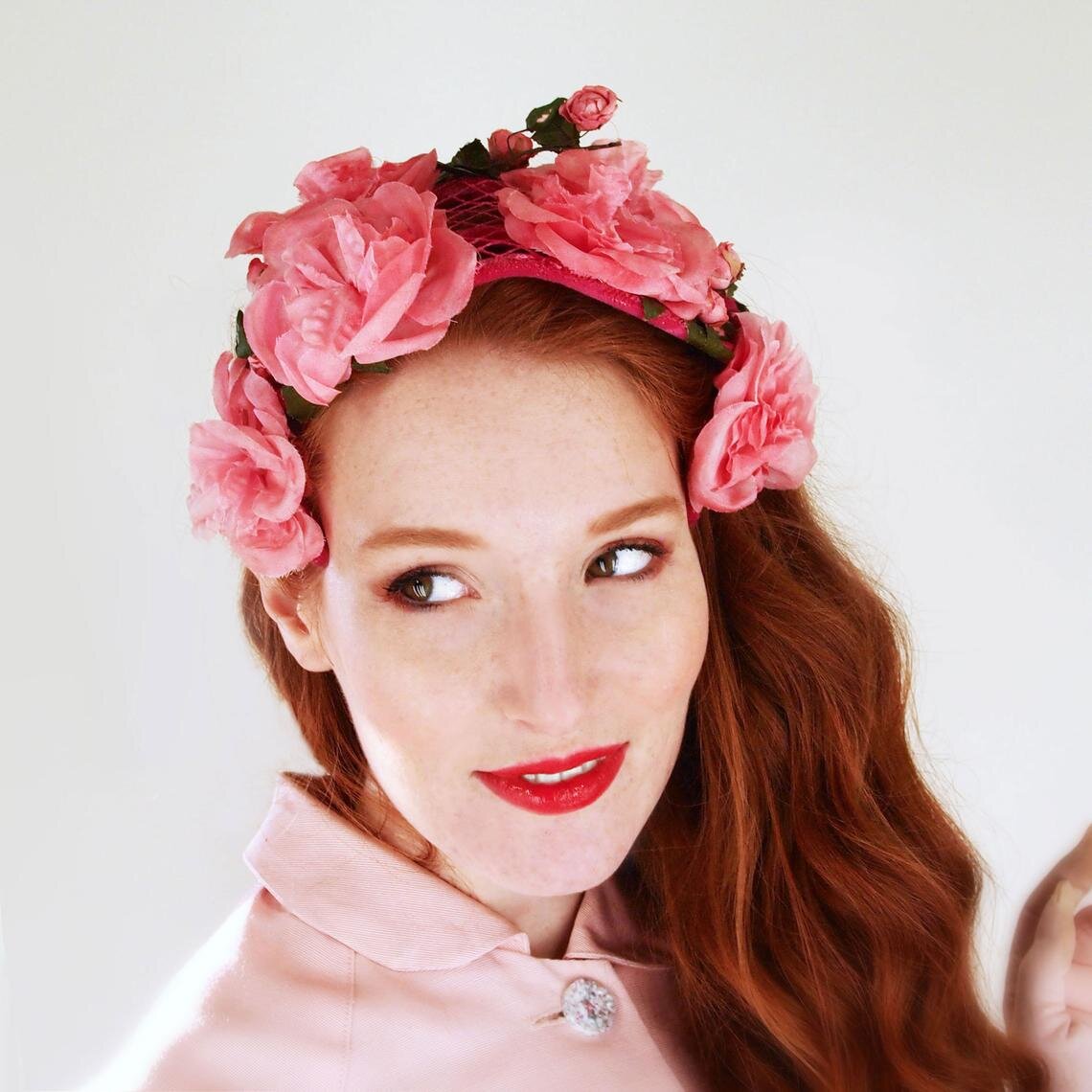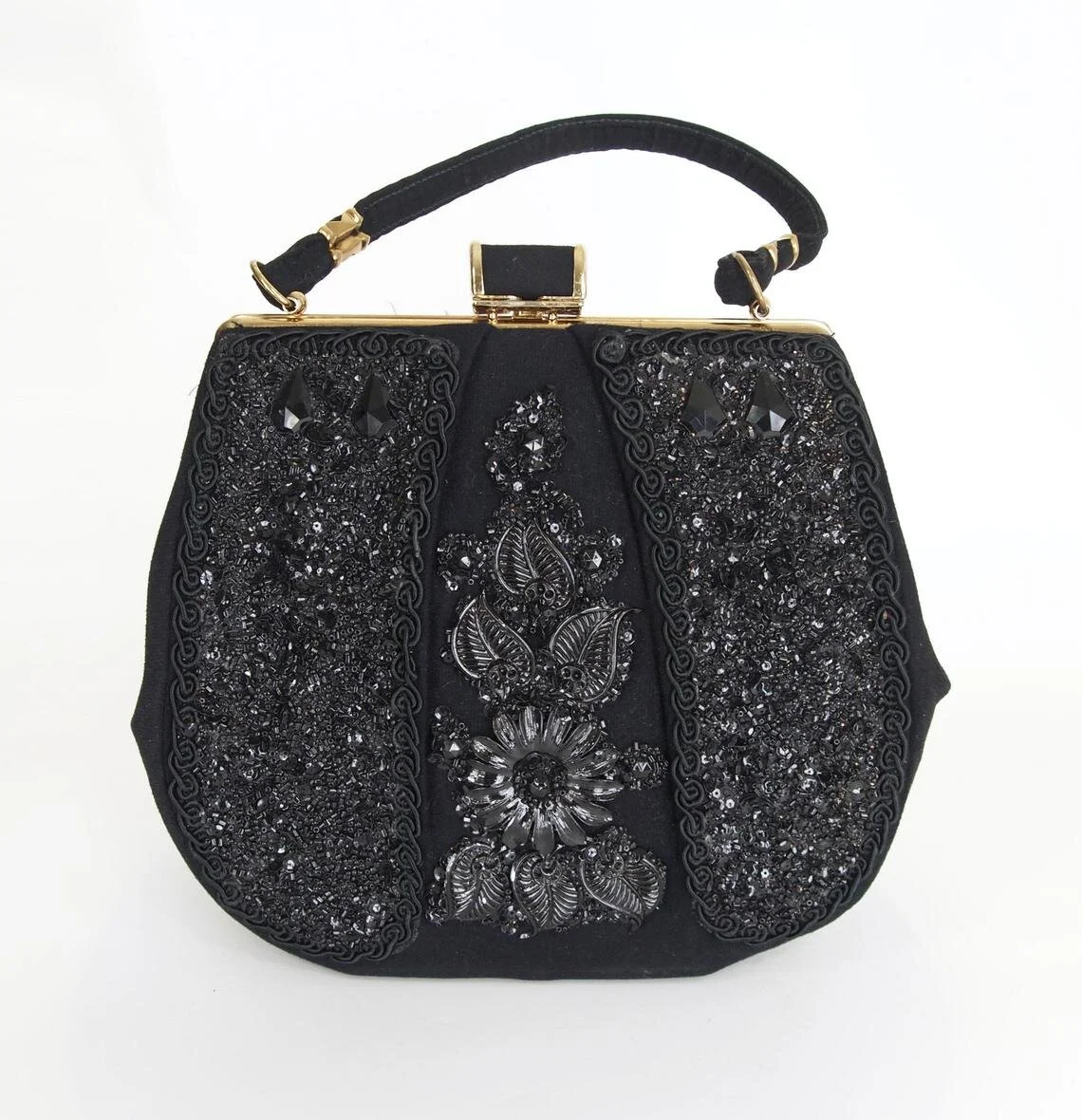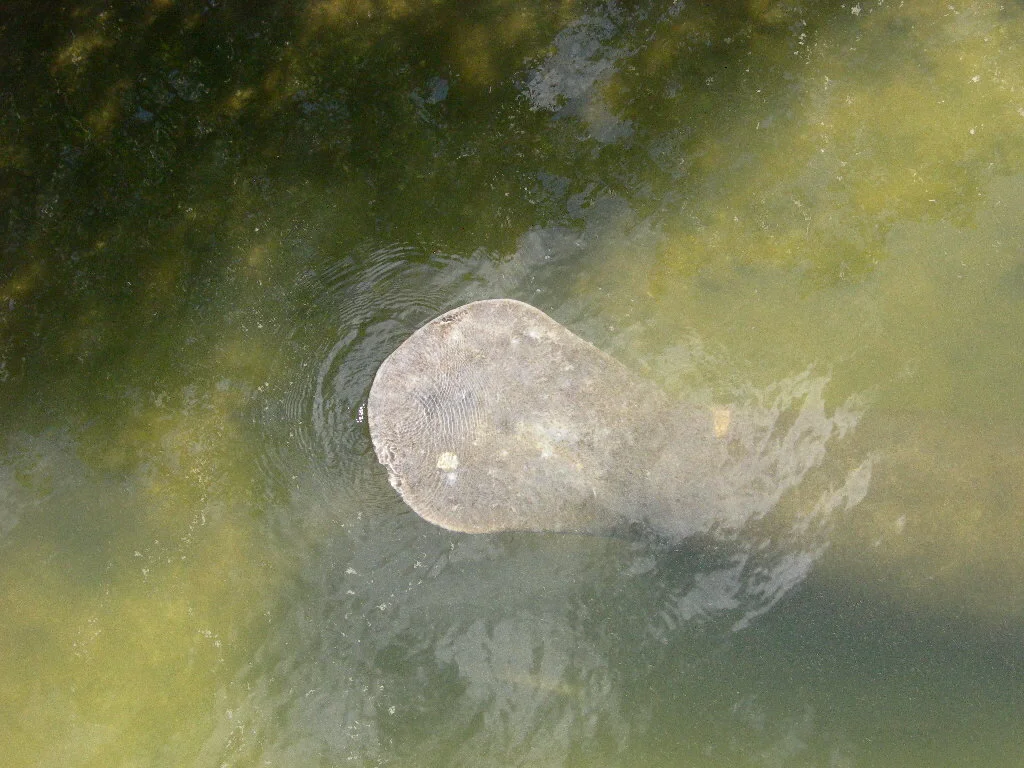There is no standard by which vintage sellers collectively describe sizes, but let’s be fair, there is no precise standard for modern clothing either!
Sometimes you’ll see a vintage item that has its original tag or label with the size marked on it, but don’t confuse this with current sizing. Vintage sizes do not coincide with modern sizes, nor are they predictable when compared with other items from the same era. In her study of advertisements in Vogue magazine from 1922 to 1999, Alaina Zulli found a great deal of irregularity, with a generally decreasing size number through the decades, due to so-called vanity sizing. As summarized in 2011, Ms. Zulli found that in the Sears catalogue of 1937 for instance, a woman with a 32" bust would have worn a size 14. She would have worn a size 8 by 1967, and today, she’s wearing a size 0.* Fit is all about measurements, not stated sizes.
I have tried to at least codify my own modern size estimates for the vintage items I have for sale, based on an assortment of websites’ and catalogues’ size charts. Other vintage sellers have done something similar. However, I would recommend that if you see U.S. size 6, say, or XL, even in my listings, do not assume it is the same as your idea of size 6 or XL. Go straight for the measurements and compare those to your own.
Many sellers, including me, suggest that you compare the measurements of an item you’re interested in with something similar of your own that fits you well.
When should you ask for further help from an online vintage seller? By all means ask if there are no/not enough measurements. A seller who offers almost no information may be a beginner or simply not very skillful. One characteristic that good sellers share is that their listings include most or all of the information you need to make an informed decision. Most good sellers will be happy to guide you if you need further help with the size or some other aspect. Just remember, don’t ask if that 1950s dress is a size 6—ask about the item’s measurements.
